Imagine discovering that a single string could completely transform your musical expression. That’s precisely what happened to me when I delved into the rich depths of the low E string on my guitar. This seemingly simple component became a gateway to unlocking the backbone of countless musical styles. As I journeyed through diverse genres, I realized its unwavering presence added a profound depth to each note played. But why is the low E string so pivotal?
Understanding this begins with mastering the essentials—effective low E string tuning and meticulous guitar maintenance. In my experience as a long-time lover of guitar dynamics, I’ve found that the low E string holds the key to both rhythm and harmony. Its mastery can feel elusive, but it comes down to mastering the fundamentals, solving common issues, and maintaining optimal performance. Let’s dive into the techniques and tips that will transform how you approach this instrumental powerhouse.
What is the Low E String?
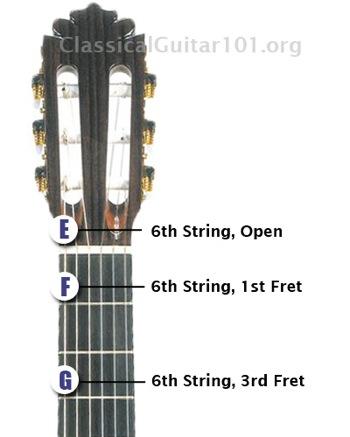
The low E string is not just any guitar string; it’s the source of the rich bass sounds that define various musical genres. Are you ready to dive deeper? During my studies, I discovered that understanding *guitar string types* is essential for achieving the desired sound. The low E string holds a unique place that dramatically impacts guitar music. Its robust, rich bass sound serves as the foundation of harmony in many compositions, providing a depth that transforms simple melodies into complex, vibrant pieces. This pivotal string is the thickest, and its tone resonates with a depth that many guitarists find captivating.
Through countless hours of practice and experimentation, I’ve come to appreciate how the low E string’s particular timbre can breathe life into rock, blues, jazz, and more. Mastering this string involves more than just knowing how to play it; it’s about understanding its role and potential within your music. As we delve deeper, you’ll discover the nuances and techniques that can elevate your playing and allow the low E string to truly shine.
Why is Tuning Important?

Imagine your favorite song, but slightly off-pitch. Tuning may seem mundane, but it’s the difference between harmony and chaos. In my years of experience tuning guitars for recording sessions, I’ve discovered this truth time and again. The tuning of the low E string is crucial because it serves as the foundation for many compositions. You might not realize it at a casual listen, but even the slightest detune can change the emotional impact of a piece, transforming what could be a perfect performance into something unsettling.
Through meticulous guitar setup and keen attention to the low E string, I learned that my role wasn’t just to ensure the string was in pitch but to preserve the integrity of a song’s arrangement. Proper tuning thus becomes an art form in itself, ensuring that each note resonates just as the composer intended. The challenge lies in achieving that perfect pitch balance where the true essence of your music comes alive. Ultimately, it’s this precision that separates merely playing from truly mastering the instrument, making the process of tuning essential not only for technical accuracy but for the heartfelt delivery of music itself.
How to Tune the Low E String
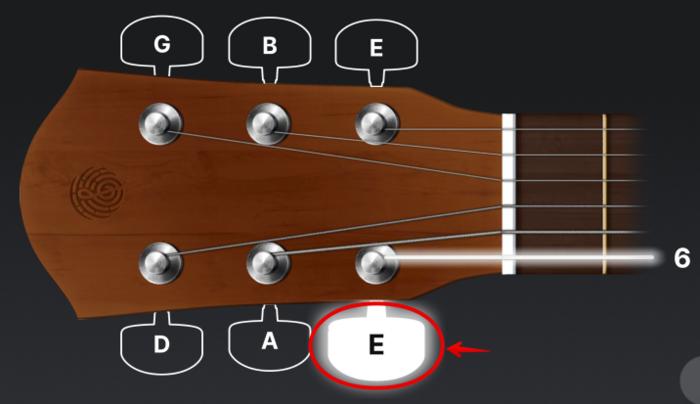
Tuning the low E string correctly is a skill every guitarist should master. Ready to tune into perfection? As an educator and enthusiast, I’ve taught countless students the art of tuning. The low E string is often where they face early challenges, but mastering it opens up a world of possibilities. It’s the foundation of many guitar riffs and chords, and learning to tune it right can make or break your musical expression.
To start, I always recommend using a reliable tuner. Pluck your low E string and observe the tuner’s reading. If the needle is to the left, your string is flat – meaning it needs to be tightened. Conversely, if it’s to the right, it’s sharp and needs loosening. My **beginner guitar tips** always highlight the importance of small adjustments. An overzealous twist can send your string way off pitch, and precision is key here.
While tuning, I emphasize listening to the pitch. Use reference tones, like a piano or a recorded low E pitch, to train your ear. Developing this skill will not only enhance your tuning accuracy but also deepen your overall musicality. With regular practice, you’ll find the process becomes second nature, and you’ll enjoy more fluid playing sessions.
Understanding and executing proper low E string tuning is not just about the notes but also about enhancing your confidence with the instrument. As you refine this skill, you’ll notice an improvement in your broader guitar playing capabilities, making it an essential part of your musical journey.
Common Problems with the Low E String
Intonation Issues
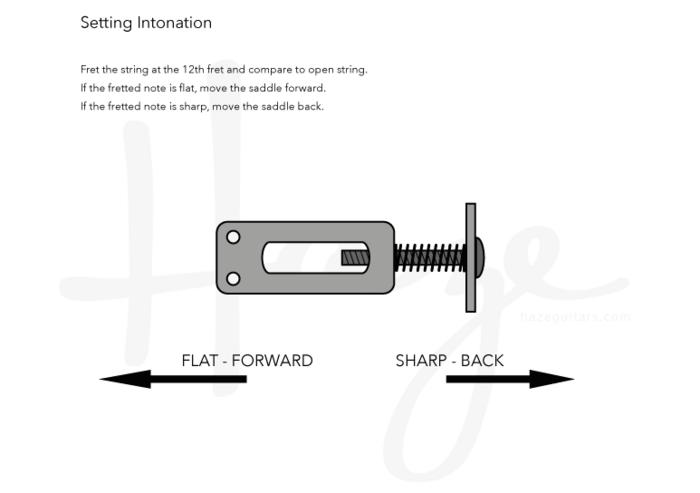
In my experience as a guitar technician, I’ve encountered countless intonation issues with the low E string. Even with high-quality strings, these challenges can significantly impact both playability and sound quality. In essence, *intonation refers to the accuracy of pitch* across the fretboard. If your guitar’s low E string plays in tune when open but is off when fretted, intonation is likely the culprit.
Addressing intonation issues is crucial for maintaining the harmonious blend of chords and the precision of solo notes. It involves a careful balance of string tension, neck relief, and bridge placement. Fine-tuning these elements ensures that each fret produces the intended note. Understanding the intricacies of intonation not only enhances your playing experience but also prolongs the lifespan of your strings. This knowledge forms a foundation that can prevent other common problems, such as string buzzing, making your journey to mastering the low E string smoother and more rewarding.
String Buzzing

Having worked with numerous guitar students, I’ve often encountered the frustrating issue of string buzzing, particularly with the low E string. This challenge can significantly affect your playing but is fortunately something that can be resolved with a few practical adjustments. String buzzing typically occurs when the string vibrates against the frets, creating an unwanted noise instead of the clear sound you’re aiming for.
This buzzing can stem from a variety of causes: improper setup, incorrect action height, or even an uneven fretboard. It’s crucial to first determine what is causing the buzz. Begin by examining the action of your guitar; the low E string might be too close to the frets. Ensuring that your guitar’s neck is properly adjusted is another aspect of guitar troubleshooting that can eliminate buzz.
Moving forward to techniques for improving your low E string playing, remember that addressing buzzing enhances overall tone and clarity, vital for mastering this powerful string. With careful observation and tweaks, you can achieve a buzz-free playing experience that elevates your musical performance.
Techniques for Improving Your Low E String Playing
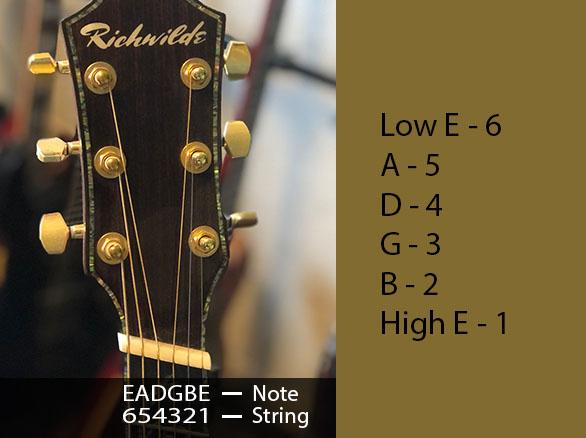
Mastering techniques on the low E string can elevate your playing. Ready to unlock new dimensions in your music? The low E string is fundamental to the structure and depth of guitar playing. This string plays a pivotal role in creating those rich, resonant bass lines that shape your sound’s foundation. I’ve compiled techniques from my own practice sessions that have helped transform my playing style, especially concerning the importance of this powerhouse string.
One of the most effective low E string techniques is the focused practice of alternate picking. This method not only enhances speed but also adds clarity to each note strike, breathing life into your riffs and achieving that punchy sound that turns heads. I like to start slow, concentrating on clean note transitions, and gradually increase speed as precision improves.
Another indispensable technique is the strategic use of palm muting. Employing this can drastically alter your dynamic range, allowing for a more controlled and textured sound. When I engage with palm muting on the low E string, the rhythmic options become endless, offering a blend between muted percussive strikes and full-bodied tones.
Lastly, implementing bending and sliding techniques adds an emotional layer to your playing. Experimenting with these can lead to discovering unique melodic paths. You’ll find that the low E string, when nurtured properly, transforms your compositions’ depth and character.
Maintenance Tips for the Low E String
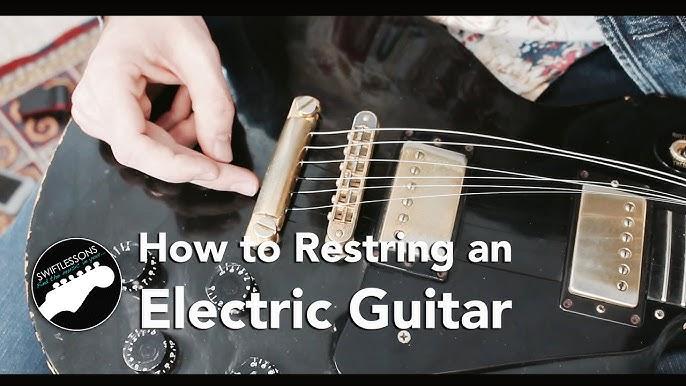
Over the years, I’ve learned that maintaining your low E string is crucial for longevity and performance. I’m excited to share some priceless maintenance tips! Like any vital string, the low E requires care and maintenance. How you treat it can affect your music for years to come. Neglect it, and you might find yourself dealing with unwanted buzzing, poor intonation, or even premature string breakage.
First and foremost, develop a habit of examining your strings regularly. This simple practice can make a world of difference. Look for signs like wear and tear, rust, or grime buildup. A basic cleaning routine using a microfiber cloth after each session can significantly extend your string’s life. When it comes to deep cleaning, I recommend using dedicated guitar care guides, which often involve a small amount of string cleaner or lubricant. This can help prevent corrosion, which is especially important for metallic strings like your low E.
On that note, consider changing your strings every few months, or whenever you notice they’re losing their bright, clear tone. Inevitably, strings lose their vibrancy over time and can begin to sound dull. Fresh strings not only enhance your sound but also inspire better playing. Furthermore, always store your guitar in an environment with stable temperature and humidity, as shifts can wreak havoc not just on your strings, but your entire instrument.
In my experience, these small adjustments in guitar maintenance can lead to significant improvements in your playing experience, ensuring the low E string remains a robust foundation for every performance. By giving your low E string the attention it deserves, you’re investing in a more consistent and enjoyable music journey.
FAQs
What is the significance of the low E string on a guitar?
How can I improve my technique on the low E string?
What are some common mistakes when playing the low E string?
Are there specific exercises to build strength on the low E string?
How do tunings affect playing the low E string?
Conclusion
Reflecting on my journey, I find that the low E string is a fundamental part of mastering guitar. It serves as the backbone for countless musical pieces, demanding both care and precision. Throughout your practice, prioritize tuning to maintain the perfect pitch, addressing common challenges such as intonation issues and string buzzing with meticulous care.
Guitar maintenance is crucial, ensuring your low E string stays in optimal condition. Regular checks and adjustments can prevent potential problems, enhancing both your sound quality and performance. Incorporating different low E string chords will help expand your musical versatility, offering richer and more textured compositions.
As you move forward, remember: the low E string is not just a string; it’s the foundation of your music. Are you ready to play? By applying these essential tips and techniques, you’ll be well-equipped to make the most of this vital component.
With care and knowledge, anyone can enhance their performance, turning the low E string into a powerful ally in your musical journey.

